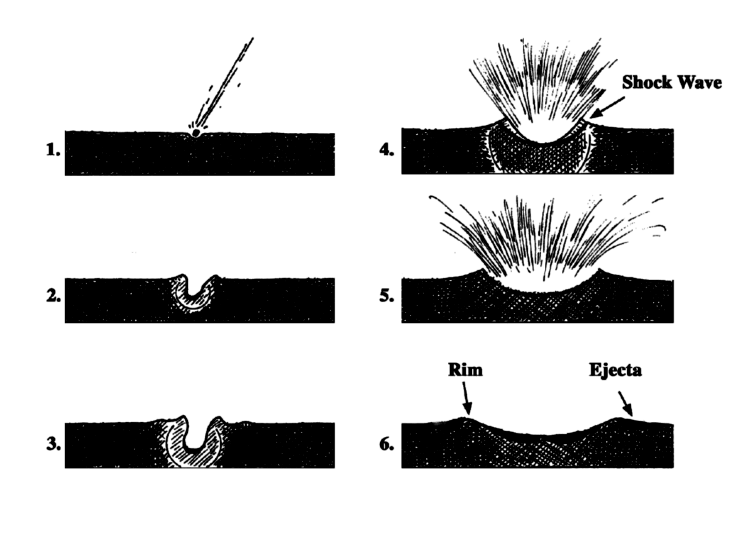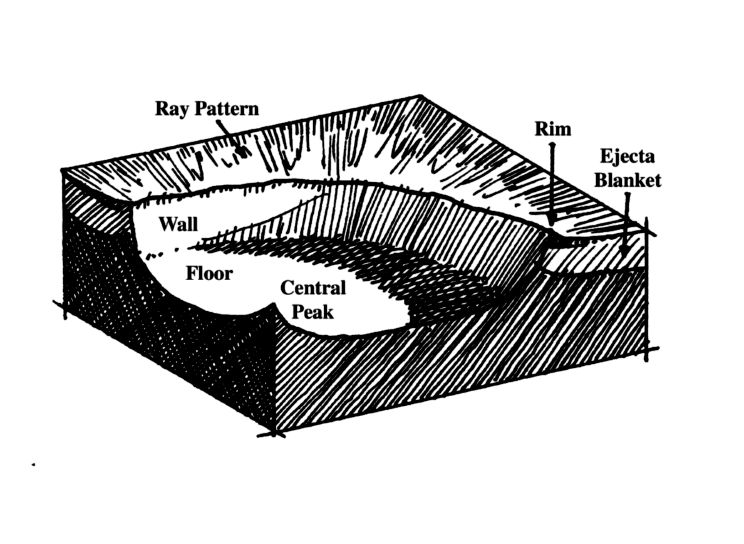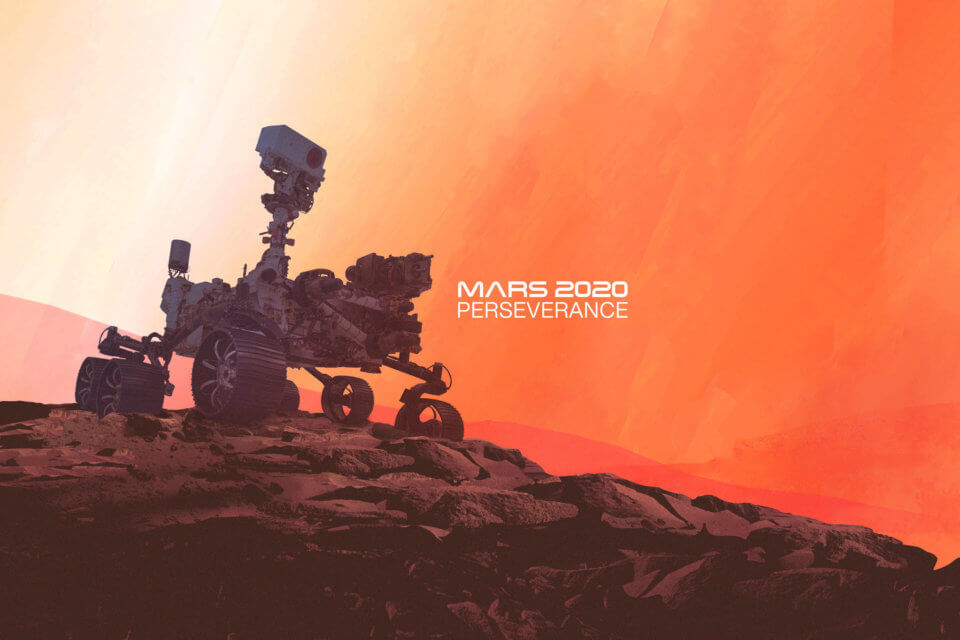In this activity, you will observe crater formation and identify the distinctive features of impact sites.
The Perseverance Spacecraft will land at Jezero Crater on February 18, 2021. Jezero crater is the only known location on Mars where carbonates (a type of rock) are found in close proximity to features indicating the past presence of a lake in Mars’ distant past. A common characteristic of lake-related (lacustrine) features is that a river or stream channel has carried sediment into the basin.
It is unknown, however, whether the carbonates in Jezero are related to the lacustrine activity. This is important to understand because lacustrine carbonates can preserve indicators of ancient life that may be detectable by a landed mission on Mars.
Learn more about Jezero Crater and take a video tour to see more about the ancient lake and delta that Perseverance will explore.
A Bit of Brainstorming:
- What does a crater look like?
- What happens to a planet’s surface during an impact?
- What are the features created during an impact?
The Activity
Note: This activity should be done outside or in an area where the floor can be covered with plastic sheeting.
Many features can affect the size and shape of an impact crater such as the size of impactor, the angle of impactor, and the type of soil or rock at impact. You can explore some of these factors by changing the amount of mud, the amount of water in the mud, the “planet surface”, or even trying different impact velocities.

NASA/JPL Solar System Ambassadors
Materials:
- Large tub or pan. Plastic dishpans or a double layer foil-roasting pan will work best.
- Fairly clean dirt
- Large spoons to mix the mud
- Broom and dustpan
- Aprons or men’s old front button shirts (to protect clothes)
- Water pitcher
- Sturdy plastic spoons for students
- Handout
- Baby wipes or paper towels to clean mud off skin
Procedure:
- Mix the mud ahead of time, not making it too soupy.
- Review the illustrations below to see different crater features.
Illustration 1: This diagram shows the stages of an impact of a crater. Used bypermission of CRATERS! by William K. Hartman with Joe Cain.

Illustration 2: This diagram shows the features created by an impact crater. Used by permission of CRATERS! by William K. Hartman with Joe Cain.

- Pour the mud into the dishpan or roasting pan.
- Scoop up some mud with the spoon.
- Wiggle the pan to level out the mud.
- Fling the spoonful of mud into the pan. The impact should create crater features.
- Identify as many features as possible and list them below.
- Repeat this while varying the amount of mud, the amount of water in the mud or trying different impact velocities and angles.
- Draw your favorite crater or take a picture using a cell phone or camera.
- Complete the Observations/Conclusion questions below.
Download the full activity so you can make your observations and own conclusions!






